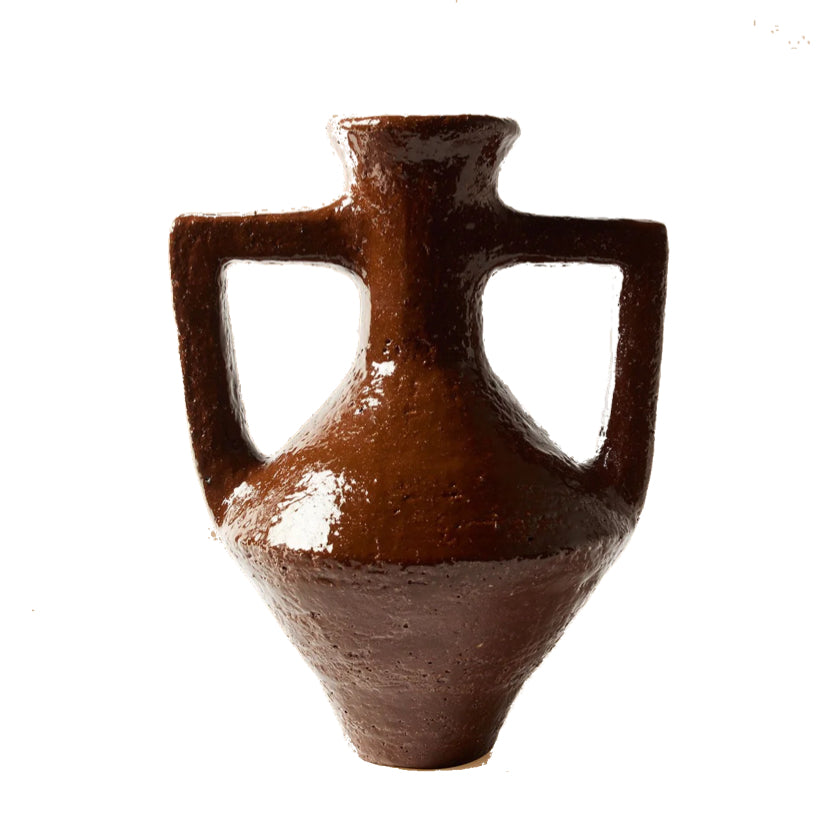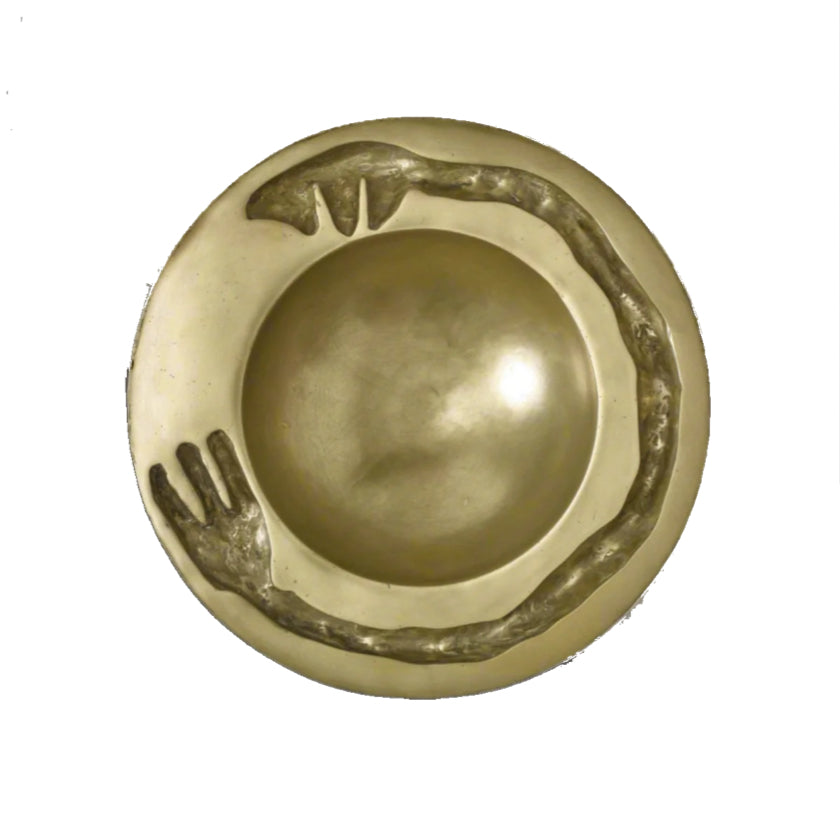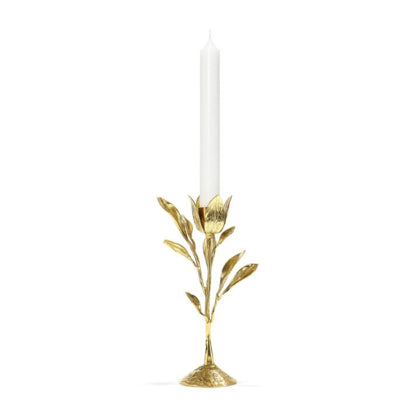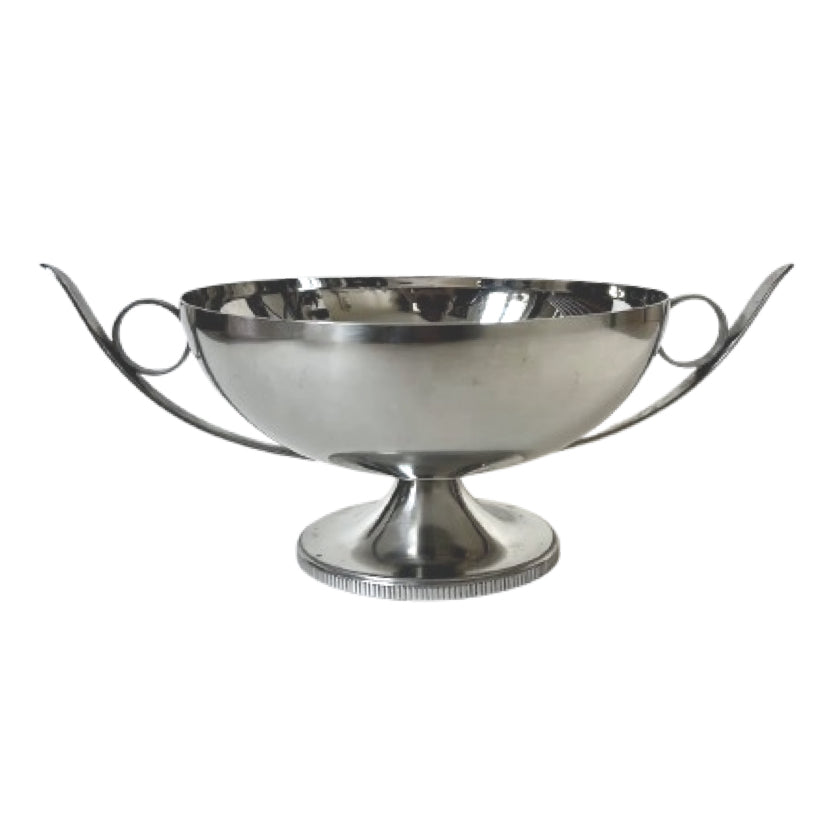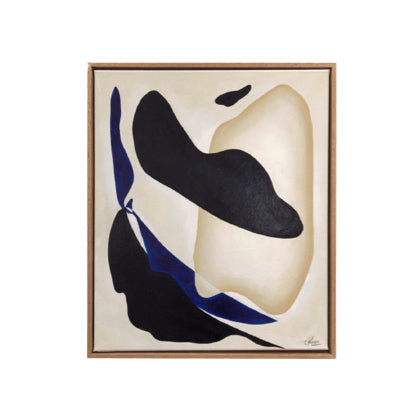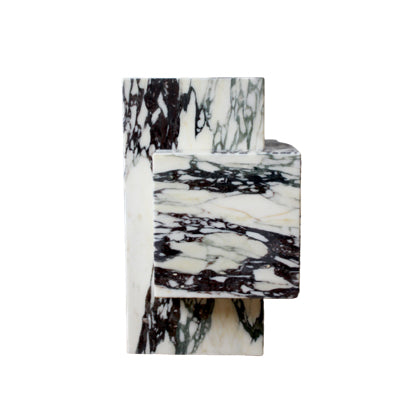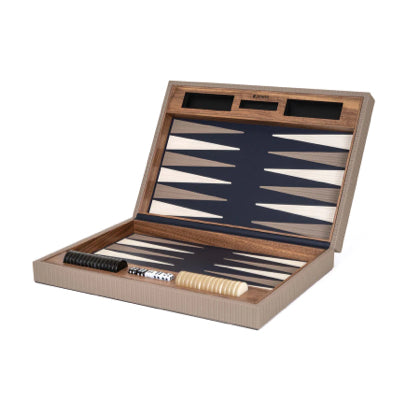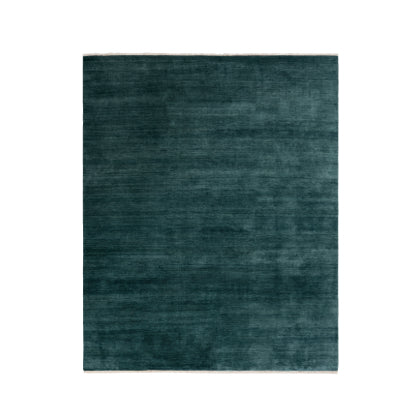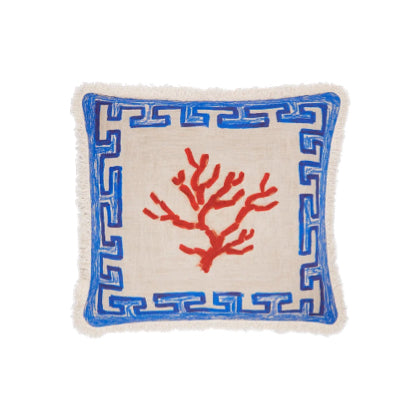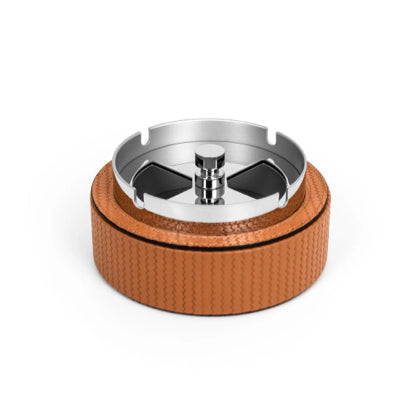Mid century modern table
Understanding the Appeal of the Mid Century Modern Table
At the heart of our collection lies a deep appreciation for the design ethos of the mid-century modern era, which is beautifully represented in our mid century modern furniture. This style, characterized by clean lines, organic forms, and a functional aesthetic, has left an indelible mark on furniture design.
Our selection includes not only dining tables but also kitchen tables that embody the spirit of mid-century design. Each table showcases unique craftsmanship, from the choice of materials to the elegant silhouettes that define this style. We prioritize sustainability, sourcing pieces that not only tell a story but also respect the environment, reflecting the mindful approach of the era. This commitment to quality ensures that every item in our collection is not just a piece of furniture, but a potential heirloom.
Round tables, in particular, foster a sense of connection and intimacy, making them ideal for gatherings and shared meals. Their design encourages conversation and interaction, embodying the community-oriented spirit of the mid-century modern philosophy. We believe that furniture should enhance not only the beauty of a space but also the relationships within it, creating an inviting atmosphere for all who gather around.
The dining area has always served as a focal point in homes, where families gather to share meals and create lasting memories. The design characteristics of dining tables from the mid 20th century reflect a commitment to functionality and aesthetic appeal. These pieces often feature clean lines, organic shapes, and a blend of materials such as wood and metal, which not only elevate the dining experience but also harmonize with a variety of interior styles. This era emphasized simplicity, allowing the beauty of the dining space to shine without unnecessary embellishments.
Historically, the dining table has evolved alongside societal changes, mirroring shifts in lifestyle and taste. In the mid-century, as more families embraced modern living, the dining area transformed into a multi-functional space. This meant that dining tables were not just for meals; they became hubs for work, play, and social interaction. The round tables, in particular, encouraged conversation and togetherness, breaking down barriers that traditional rectangular tables often presented. This cultural significance underscores the dining table's role not just as a piece of furniture, but as a vital element in fostering relationships and community spirit.
Creating a harmonious kitchen space involves more than just functional elements; it's about infusing your personal style into the heart of your home. A well-thought-out arrangement can elevate the overall ambiance, making it a welcoming place for family and friends. To achieve this, consider the balance of colors, textures, and shapes. For instance, pairing a sleek round table with warm wood tones can create a delightful contrast, adding depth to your kitchen design. The scale of your furnishings should also be proportional to the room, ensuring that movement and flow are unhindered.
Integrating statement pieces, like a vintage light fixture or a bold piece of art, can serve as focal points in your kitchen. These elements not only draw the eye but also provide a conversation starter during gatherings. When it comes to care and maintenance, don’t forget to regularly clean surfaces and protect your furniture from heat and moisture. This will ensure that your kitchen remains both functional and visually appealing for years to come.

